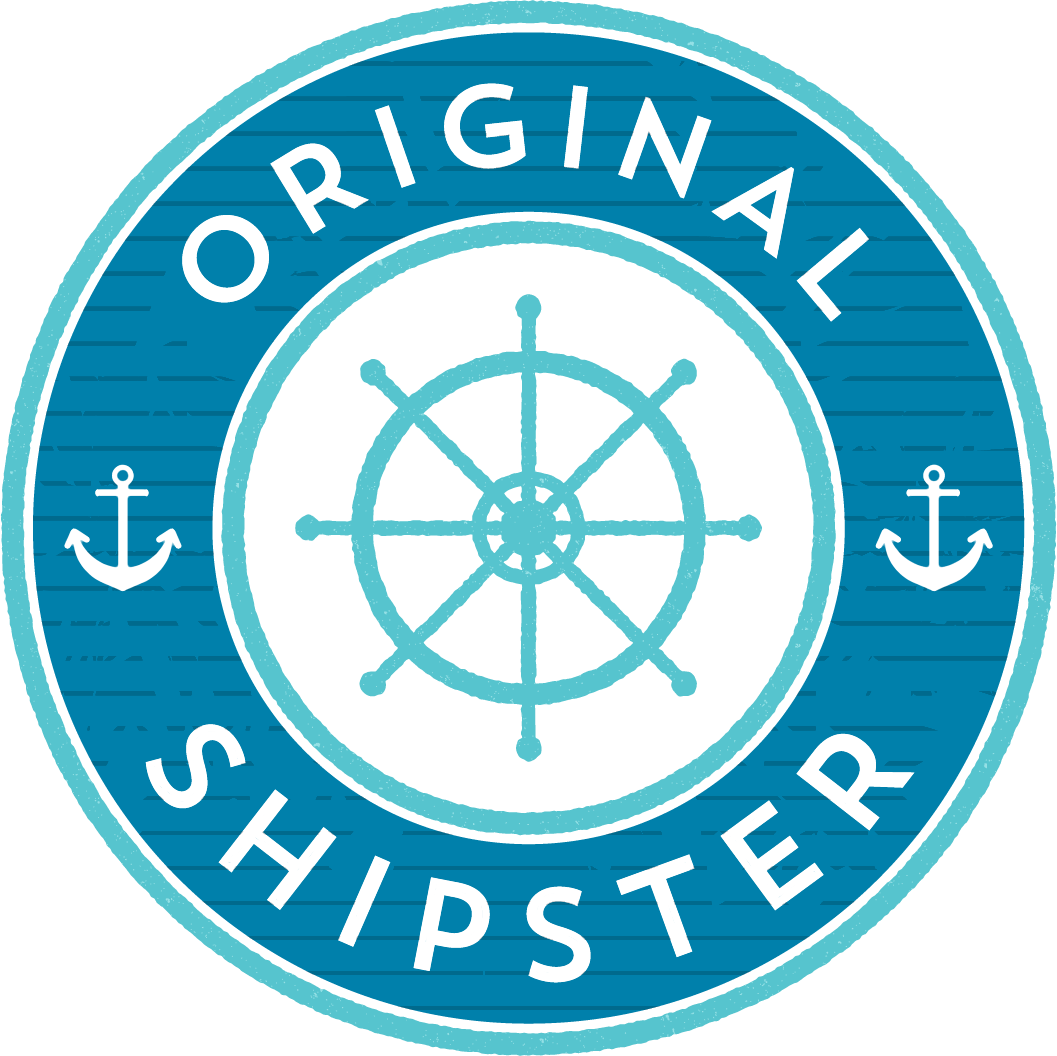Over the Waves: SS Clyde
Happy (?) Monday, everyone! When I started this blog, I initially kicked around the idea of each week of "Over the Waves" corresponding with the date that the ship sank/went out of service. Turns out, this is a lot more difficult than it sounds, so I went a different route. However, this week, I have managed to pull it off, and it was too good an opportunity to pass up, so here we go!
I've covered some of the Alphabet Fleet before. Ships such as the SS Kyle and SS Ethie that were members of the Reid Newfoundland Company's fleet of coastal steamships at the turn of the century. This week I'm covering another one, which while not as well known as say, the Kyle, or even the Ethie, this ship was considered crucial to the ports she visited along Notre Dame Bay. Called the "harbinger of spring", her visits to small coastal ports would be met with crowds of locals down at the wharf. This week, we're looking at the career of the SS Clyde.
Nationality: Newfoundland
Length: 47 metres
Beam: 7.6 metres
Depth: 4 metres
Weight: 439 tonnes
Speed: 10 knots
Year: 1900
Built along the shore of the River Clyde in by A&J Inglis, the SS Clyde made her first transatlantic crossing in 1900. Under ownership of the Reid Co., she was quickly put into coastal service, assigned to the Notre Dame Bay route. This had her visiting ports such as Twillingate, Cottrell's Cove, Moreton's Harbour, and Fortune Harbour.
The SS Clyde. Photo from Captain Harry Stone Collection at Memorial University PF-284.250.
Like some of the other ships in the fleet, she was not an easy ship to sail, and it took a skilled crew to keep her afloat. The open bridge meant that her crew and officers were exposed to the elements as they traversed one of the more heavy-weather coastal routes. She was also smaller than the Kyle and other ships, which meant that she didn't take the waves as gracefully as some of her sisters. One story says that when in particularly heavy weather, she disappeared beneath a wave, only to pop back up with a deck full of herring.
She was a welcome sight in all of her ports of call. Children would come alongside in the hopes of being rewarded with treats from the galley (which they usually were). Passengers enjoyed the warm crew and happy atmosphere that the ship provided. At one time, during a Christmas crossing, the male passengers and purser went throughout the ship waking everyone and wishing them a Merry Christmas, and were greeted with smiles and jokes. Both her captains, Captain Job Knee and Captain Jack Boucher only had positive stories of their time in command (Knee captained her for almost a quarter of a decade, retiring his commission in 1922 when he was 71).
The Clyde comes alongside.
Not all ships have a spotless record though, no matter what their crews say. Clyde was no exception. Early in her career, one of her crew members jumped to the wharf at Cottrell's Cove to catch the lines as she came alongside. He slipped and fell between the wharf and the ship was was crushed. As a result, a local captain, Capt. Normal Manual, made a point to be at the wharf every time a coastal ship came in. He caught the lines himself every time he could from that day on.
She also played a part in the war story of the Second World War. When Britain declared war in 1939, the Dominion of Newfoundland found itself pulled into the second global conflict in just over twenty years. The German vessel Christoph V Doornum found itself in a difficult situation. Having been in Botwood picking up a cargo of lead-zinc concentrate from Buchans, it was held up due to technical difficulties and as a result was in British waters when war was declared. The ship was seized under an Admiralty writ, and her crew were detained. The Clyde was used to tow the significantly larger German vessel to its new moorings in Botwood harbour, and the captain and crew were removed and sent to a POW camp that had been established in St. John's. The Christoph V Doornum was claimed by the Newfoundland Railway as a war prize.
The Clyde towing the Christoph V Doornum. Photo from The Alphabet Fleet by Maura Hanrahan.
As time went on, Clyde faced the change in times. Passengers were travelling on newer, faster coastal boats, and the Clydeand what sister ships she had remaining were considered outdated and drab compared to the newer vessels. In 1948, Clyde was sold to Crosbie and Company in Williamsport, White Bay, NL and was rigged up as standby power for the whaling plant there. This once well-loved and strong ship had been reduced to a floating power plant, and her coastal route was taken over by the SS Springdale.
Then, on December 17, 1951, a strong gale blew up along the bay and pulled the Clyde from her moorings, pushing her out into the harbour, where she promptly filled with water and turned over. There was nothing the shore crews could do, and the ship was written off as a complete loss.
That's it for today! Have a wonderful week everyone.
Until next time!
Images this week have been cited above.
